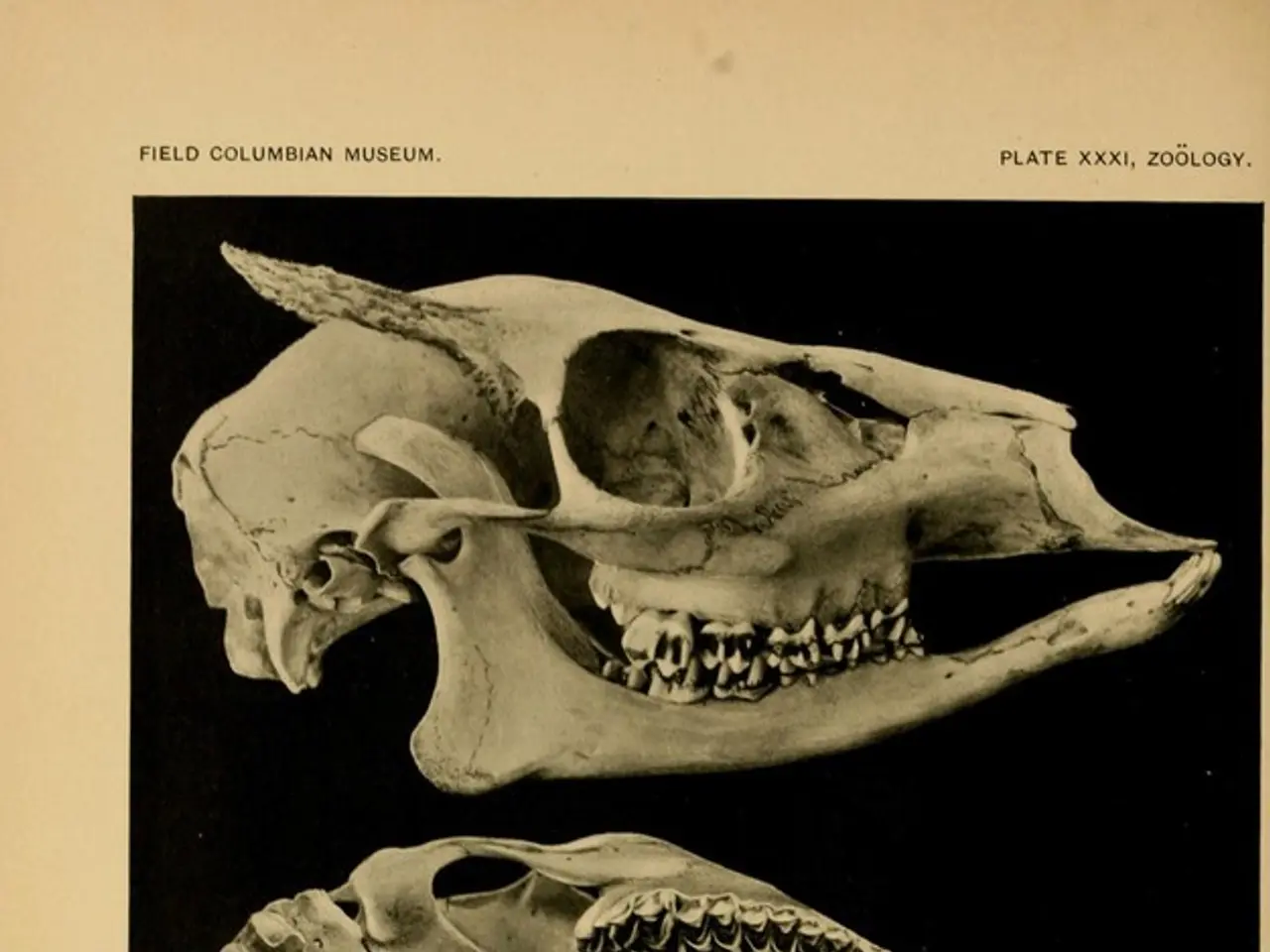Brain's Fornix: Key to Memory and Learning
The fornix, a crucial structure in the brain, is a bundle of nerve fibers that forms a C-shaped arch. It plays a significant role in memory and learning, connecting the hippocampus to other brain regions.
The fornix begins on either side of the brain as the crus, which then merge to form the body of the fornix. This structure is named after its Latin meaning, 'vault' or 'arch', reflecting its shape. The fornix is composed of columns, also known as anterior pillars or fornicolumns, which are created from axons - fibers that carry signals throughout the brain. These columns travel along the lateral wall of the third ventricle, passing through gray matter, and end at the corpus mammillare, or mammillary bodies, which aid in recall and the role of smell in memory.
The fornix primarily sends signals from the hippocampus to the mammillary bodies and the anterior nuclei of the thalamus. These signals also reach the septal nuclei, facilitating communication between various brain regions essential for memory and learning processes.
The fornix, with its C-shaped columns of fornix, is a vital pathway for signals between the hippocampus and other brain regions. Its role in memory and learning is well-established, with signals it carries contributing to recall and the integration of smell with memory.





